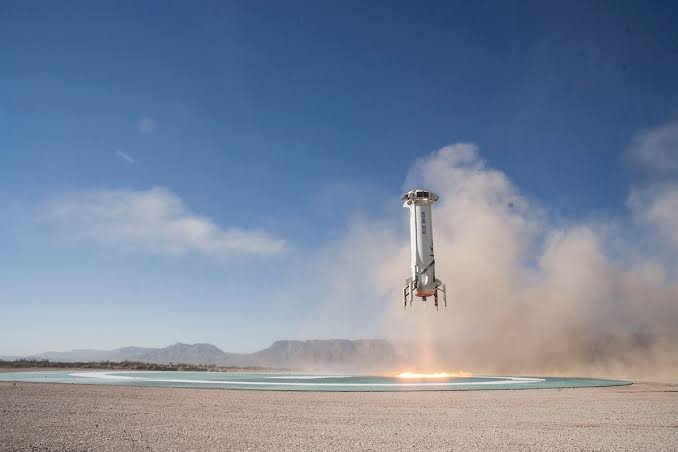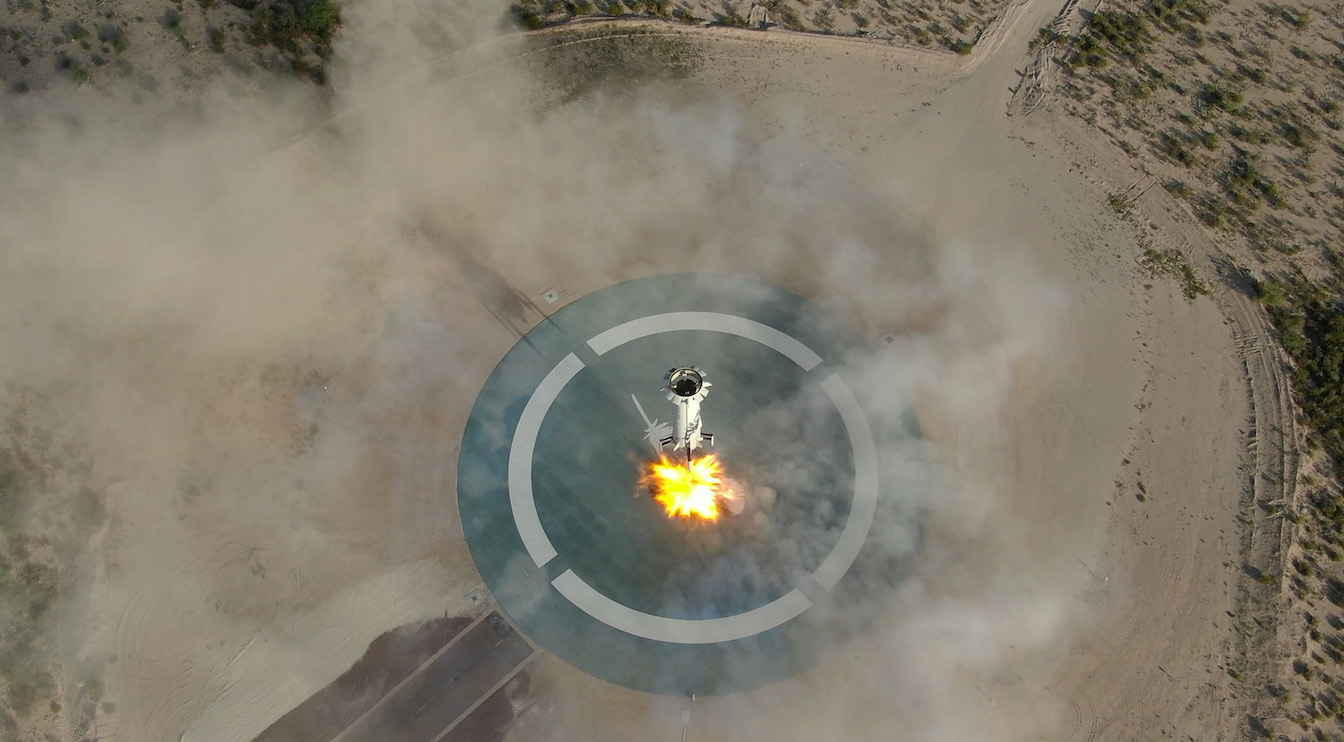Learn about NASA’s new precision landing system
Space exploration is one department that had no room for error, since it’s easy for any wandering rock or asteroid to upturn a spacecraft, for example robotic explorers that are sent to space for various purposes. So if one gets flipped over, who will set it straight so that it can resume its course? For that purpose, NASA is developing a new precision landing system called the Safe and Precise Landing – Integrated Capabilities Evolution (SPLICE), and for testing this, they will be sending out a Blue Origin New Shepard rocket.
Challenges for SPLICE

A real challenge for SPLICE will be to land on distant celestial objects, since they are out of this world, and out of our time zones. Controlling an object and getting it to descent and land somewhere several light minutes away is next to impossible. The lander can very well be blown to smithereens before your orders reach it. Therefore, SPLICE will be fully autonomous and will be equipped with terrain relative navigational features, Doppler lidar, hazard detection lidar, and a powerful landing computer.
NASA’s work doesn’t end there. They will also need to choose landing zones based on the safety they can offer. If a lander is being controlled by a team, they would choose to land near a crater, or somewhere rocky, but that can badly affect the mission. SPLICE has the ability to make the spacecraft land where we couldn’t land before. Depending on SPLICE’s success, NASA will be integrating it to both robotic and crewed missions. The New Shepard launch will be determining it, but only three features of SPLICE will be tested out. The hazard detection lidar will be tested in the future.
(Cover: ExtremeTech)

